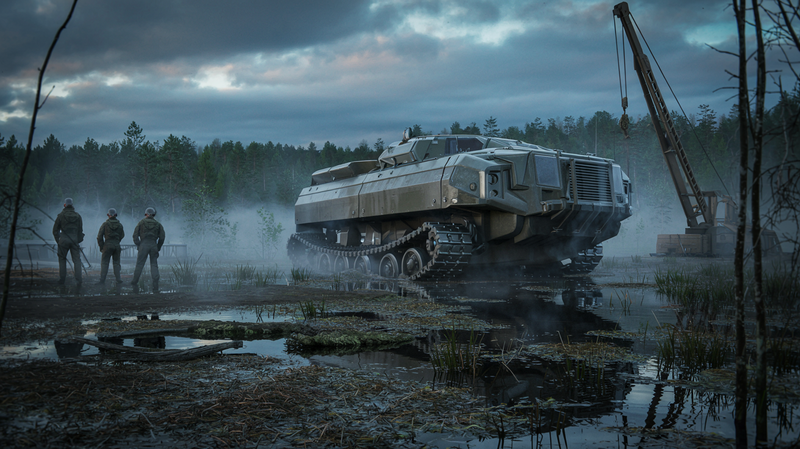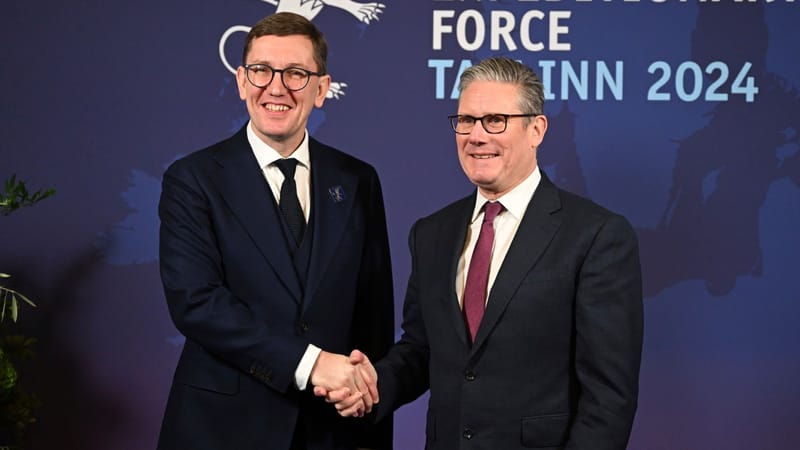In the Shadow of Giants: Estonia's Defense Spending and the Price of Security
The recent news about Estonia's massive defense spending plan, arguably the largest in its history, has triggered debates on the nation's spending priorities. This is especially poignant as the Baltic country grapples with issues of social welfare, particularly support for large families. The context is that

The recent news about Estonia's massive defense spending plan, arguably the largest in its history, has triggered debates on the nation's spending priorities. This is especially poignant as the Baltic country grapples with issues of social welfare, particularly support for large families.
The context is that Estonia's current social welfare system has been called into question. Measures to support large families have sparked widespread discussions about who should receive state support and to what extent. These debates have been fueled further by a sense of injustice among parents with one or two children.
Starting from July 1, 2023, Estonia plans to phase out the regulation that allows for the gradual end of benefits for large families until the youngest child turns 19. As this scheme has been in place for only a few months, the change will impact a limited number of families. However, it will inevitably exacerbate the concerns of families who, despite already facing financial challenges, will see their benefits gradually reduced until the end of 2023.
Simultaneously, the country has announced an ambitious defense expenditure plan, allocating about $14.5 billion over the next ten years to strengthen military capabilities. With an increase from 2.85% to 3% of GDP for defense spending projected for the years 2024 to 2027, the question of where these funds will come from looms large.
So, what can we infer from these two seemingly disparate policy directions?
Firstly, it highlights the stark choices that small nations like Estonia often have to make in the face of global geopolitics. The increase in defense spending is driven by the heightened security threats in the region, particularly following Russia's invasion of Ukraine. The imperative for national security has forced Estonia to divert substantial resources to the military, potentially at the cost of social welfare programs.
Secondly, the investment in defense also reflects a strategic alignment with countries like Israel and the United States, from whom Estonia is purchasing a majority of its military equipment. This can be seen as an attempt by Estonia to strengthen its diplomatic ties and secure its position within the global political arena.
Thirdly, these developments also illustrate the role of domestic politics and the societal divide over public expenditure. While there is undoubtedly a need to ensure national security, the decision to ramp up military spending while reducing support for large families could exacerbate existing social inequalities. This situation underscores the delicate balancing act between addressing internal social needs and maintaining a robust defense posture.
The story of Estonia's defense spending spree and the concurrent reduction in family benefits reveals the complex interplay between national security, geopolitics, and domestic welfare. It underscores the tough choices countries often have to make, particularly in an era of rising global tensions and internal social demands. The ultimate question that remains is whether this investment will ensure Estonia's long-term security and stability, both within and beyond its borders.




